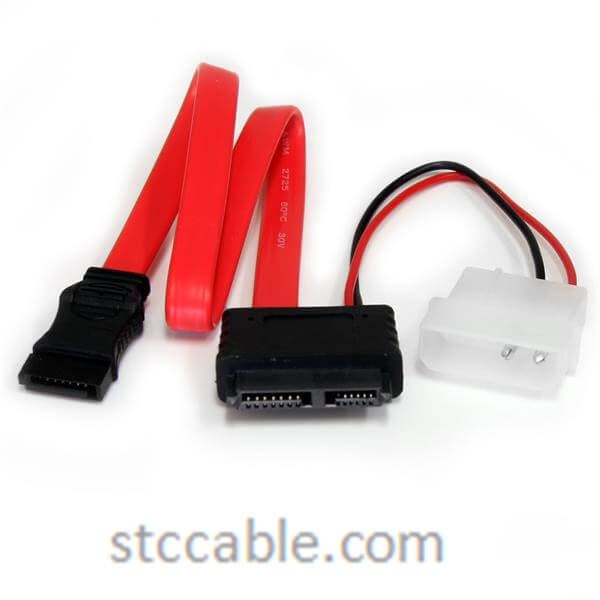What are the benefits of NVMe over Slimline SATA?
NVMe (Non-Volatile Memory Express) and Slimline SATA serve different purposes in the storage landscape, with NVMe offering several distinct advantages over Slimline SATA. Here’s a detailed comparison of the benefits of NVMe over Slimline SATA:
1. Higher Data Transfer Speeds
NVMe: Provides significantly higher data transfer speeds compared to Slimline SATA. NVMe drives can achieve speeds up to 3.5 GB/s (3500 MB/s) with PCIe 3.0, and even higher with PCIe 4.0 and PCIe 5.0 (up to 7 GB/s and 14 GB/s, respectively).
Slimline SATA: Typically supports data transfer speeds up to 6 Gb/s (750 MB/s) with SATA III, which is considerably slower than NVMe.
2. Lower Latency
NVMe: Designed to reduce latency by allowing direct communication between the storage device and CPU. NVMe drives offer lower latency and faster response times compared to SATA drives.
Slimline SATA: Higher latency due to the SATA interface’s higher overhead and the need to convert data through an intermediary.
3. Increased IOPS (Input/Output Operations Per Second)
NVMe: Capable of handling a higher number of IOPS due to its streamlined protocol and efficient command structure. This makes NVMe suitable for high-performance tasks such as gaming, data analysis, and content creation.
Slimline SATA: Limited by the SATA protocol, resulting in lower IOPS and reduced performance in high-demand scenarios.
4. Enhanced Bandwidth
NVMe: Utilizes the PCIe interface, which offers greater bandwidth compared to SATA. PCIe lanes can support higher data throughput, benefiting tasks that require rapid data access.
Slimline SATA: Bandwidth is capped by the SATA interface, which is inherently slower compared to PCIe.
5. Optimized for Modern Workloads
NVMe: Designed to take full advantage of the capabilities of modern NAND flash memory. It handles multiple queues and commands efficiently, making it ideal for demanding applications and multitasking.
Slimline SATA: Originally designed for older HDDs and SSDs, and while it works well for many applications, it does not fully leverage the capabilities of newer NAND flash memory.
6. Smaller Form Factor Options
NVMe: Often found in M.2 and U.2 form factors, which are compact and suitable for modern laptops, desktops, and ultrathin devices. This helps in maintaining a sleek design while offering high performance.
Slimline SATA: Although small and compact, it is limited by the size and performance of the SATA interface.
7. Future-Proofing
NVMe: As technology evolves, NVMe drives are likely to remain relevant and continue to improve in terms of speed and efficiency. They are also compatible with emerging technologies like PCIe 4.0 and PCIe 5.0.
Slimline SATA: While still useful, SATA technology is aging, and future advancements are more likely to focus on NVMe and other newer interfaces.
8. Power Efficiency
NVMe: Generally more power-efficient due to its advanced architecture and ability to manage power consumption more effectively, which can be beneficial for laptops and mobile devices.
Slimline SATA: Power consumption is relatively higher compared to NVMe, particularly when it comes to high-performance SSDs.
Summary
Performance: NVMe offers significantly higher speeds, lower latency, and better overall performance compared to Slimline SATA.
Efficiency: NVMe is optimized for modern storage needs with greater efficiency and future-proofing.
Form Factor: NVMe supports compact and high-performance form factors like M.2, making it suitable for a wide range of modern devices.
In essence, NVMe is a more advanced and capable technology compared to Slimline SATA, making it the preferred choice for high-performance applications and future-proofing in modern computing environments.
Send your message to us:
Post time: Jul-11-2024
